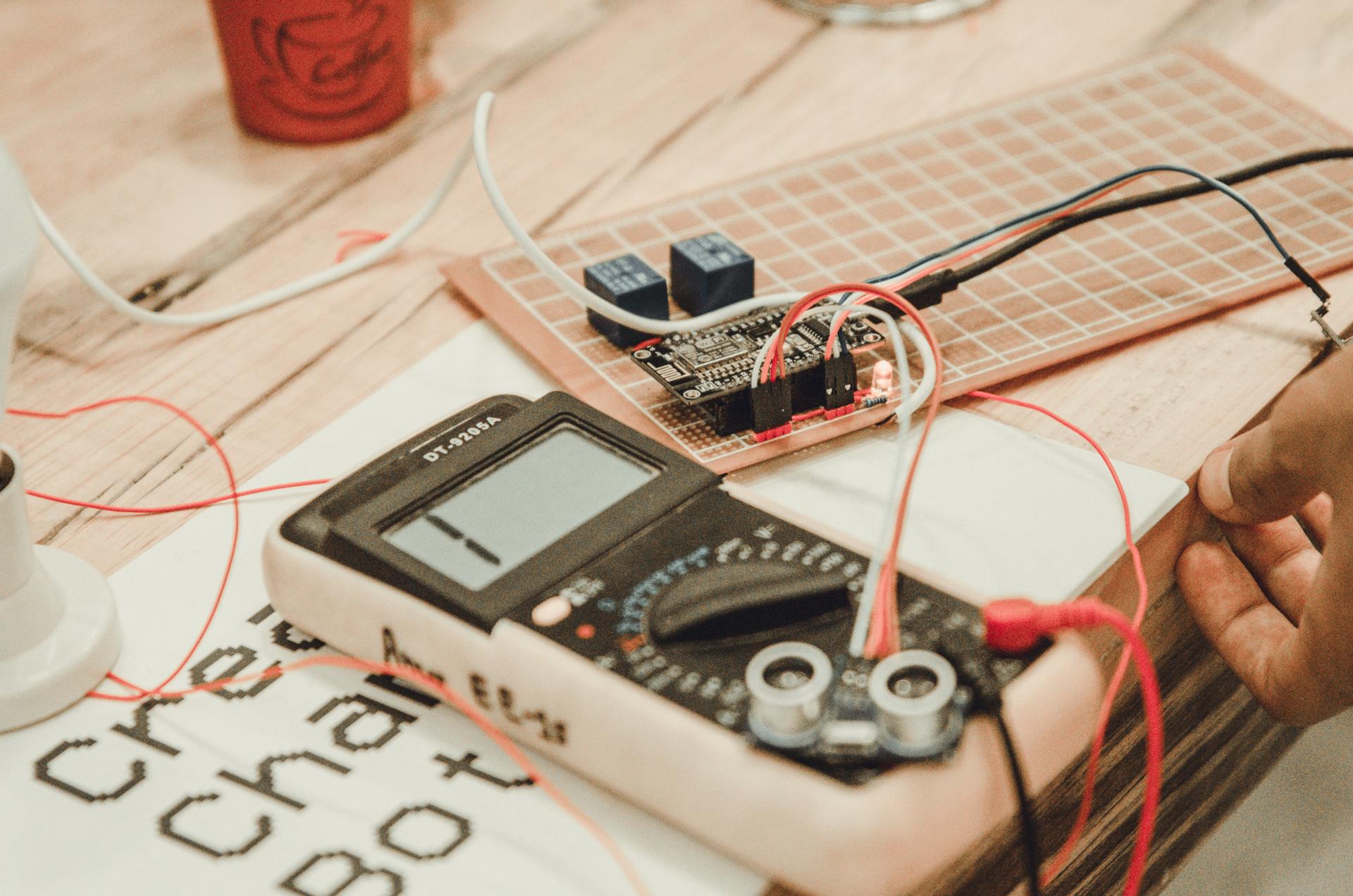Safeguard Your Loved Ones: Learn How to Conduct an Electric Safety Test at Home

When it comes to security in your home, one of the most important areas to think about is electrical safety. Testing for electrical safety is the procedure of testing the electrical system in your home to make sure it’s safe and up-to-code. In this article we’ll give you an overview of what electrical safety tests are, what equipment you’ll require for conducting them, how to conduct the tests and what warning signs to be on the lookout for.
What’s what is an Electrical Safety Test?
An electrical safety test is the procedure of examining the electrical system within your home to make sure it’s safe and functioning properly. The importance of electrical safety tests is as they can avoid electrical fires and accidents, and ensure the longevity of your electrical system.
Tools Needed to conduct an Electrical Safety Test
To conduct an electrical safety check, you’ll need some essential equipment. These include the voltage tester as well as a continuity tester, circuit tester, and the outlet tester. The voltage tester is used to check for live circuits, whereas the continuity tester checks for circuits that are damaged. The circuit tester is used to look for wiring issues, and outlets testers are used to check for electrical issues in outlets. It is essential to utilize these devices correctly to get precise results.
How do I Conduct an Electrical Safety Test
To perform the electrical test in your home, follow these steps:
Turn off the power on the circuit or circuits you’re conducting tests on.
Make use of this voltage tester to check whether there are live circuits.
Utilize the test for continuity to look for broken circuits.
Utilize the circuit tester to check for electrical faults.
Make use of the outlet tester to look for electrical problems in the outlets.
When testing, be sure to look for indications of wear or damage on the wiring that could indicate frayed or broken wires, burn marks, and loose wires. If you discover any problems you need to fix them as quickly as you can to prevent potential hazards.
The Signs of Electrical Issues to be Watchful for
There are several indicators that may indicate electrical problems in your house. These include flickering lights frequently tripping the circuit breaker and crackling or buzzing sounds emanating from outlets. They also include the appearance of outlets that are discolored or hot, and a burning smell. If you observe any warning indications, you should act immediately to prevent possible electrical hazards.
Conclusion
Electrical safety tests are crucial to ensure the safety of your home and your family. By performing regular tests and taking care to address any issues immediately you will be able to prevent hazards to electrical equipment and extend the life of your electrical system. If you need assistance in electrical repairs or testing, don’t hesitate to contact Local Electrician Silverwater. Our experienced team can give you professional guidance and assistance. Contact us at 1300 610 481 to schedule an appointment or to request a quote.
FAQ Section
When should I conduct an electrical safety check in my home?
We suggest conducting safety tests for electrical equipment at least every year.
Can I perform an electrical safety test on my own , or do I require a professional?
While it’s possible to perform the electrical test by yourself, it’s recommended to hire an expert to guarantee accurate results and avoid potential hazards.
What are the most common electrical problems that can be found during an electrical safety test?
The most frequently-repeated electrical issues found during a safety test include malfunctioning wiring, overloaded circuits and outdated electrical systems.
What should I do if discover a problem during the electrical safety check?
If you find an issue in the electrical safety test It is crucial to take action immediately. This may involve getting an expert electrician to address the issue or replacing the equipment that is malfunctioning.
